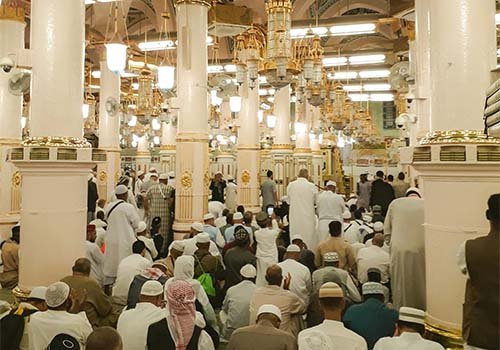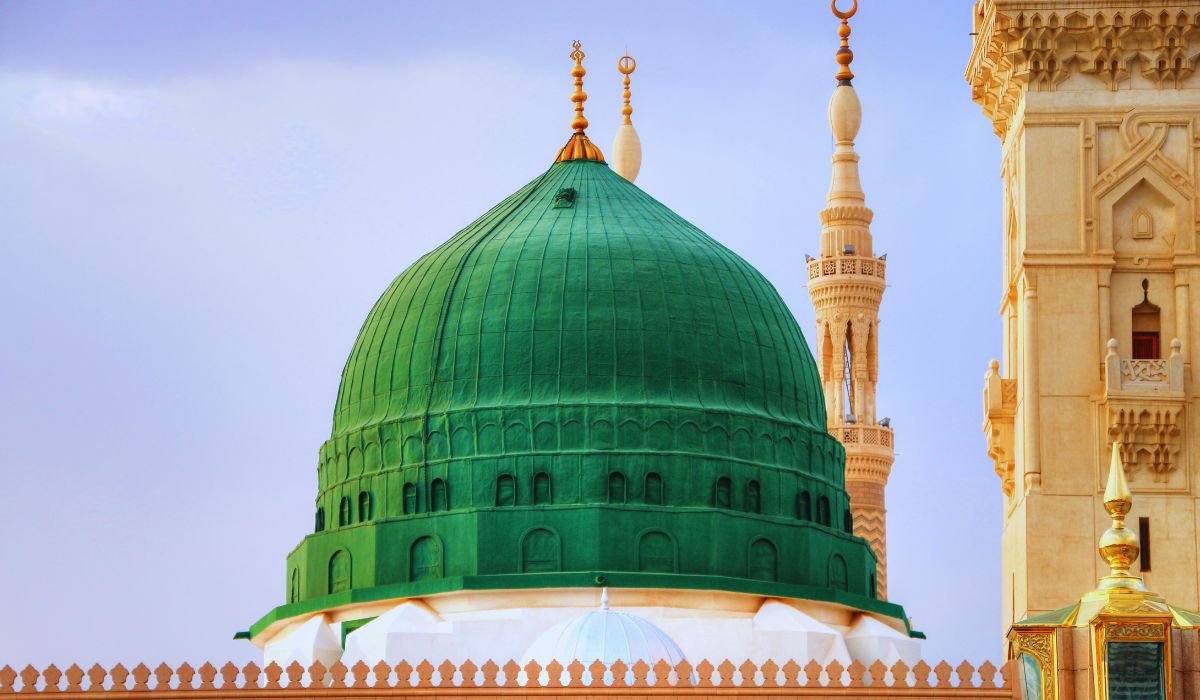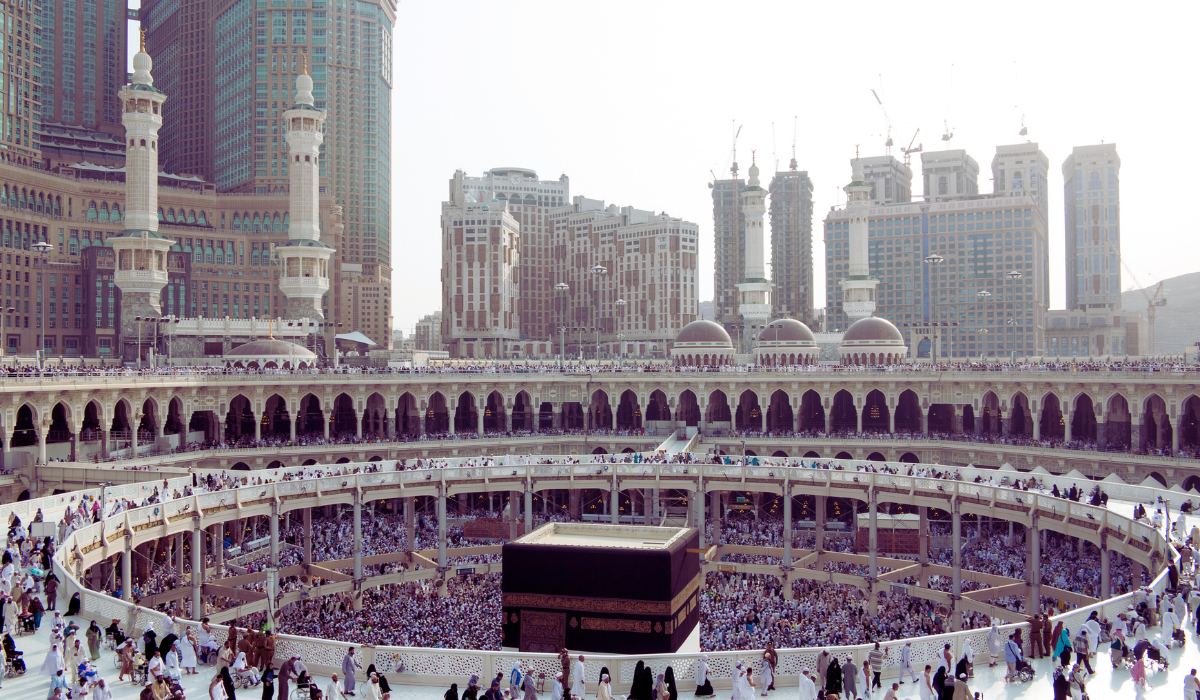Hajj and Umrah are important and favorite among Muslims because their unique spiritual experiences make them more devoted to Allah. Nonetheless, both journeys have so much in common their duties, schedules, and ceremonies are different, though. Let’s examine the differences between both and go further into the importance of each for this particular blog.
Difference Between Hajj and Umrah
1. Obligation:
- Hajj: This is an annual obligation of worship for every eligible Muslim in Islam and is done only once in a lifetime.
- Umrah: It is voluntary and not obligatory but holds immense spiritual rewards for those who perform it.
2. Timing:
- Hajj: Performed during specific days in the Islamic month of Dhul-Hijjah (8th to 13th).
- Umrah: This can be performed at any time of the year, offering more flexibility.
3. Duration:
- Hajj: A longer journey that spans several days and involves multiple rituals at specific locations, including Mina, Arafat, and Muzdalifah.
- Umrah: A shorter pilgrimage that can be completed in a few hours.
4. Rituals:
- Despite their similarities in the performance of acts such as Ihram, Tawaf, Sa’i, and Halq/Taqsir, Hajj involves the day of Arafat, the Stoning of the Jamarat, and the offering of sacrifices.
What is Umrah?
Umrah is another journey that is called the ‘lesser pilgrimage’ it enables the people to wash out their sins and be closer to Allah. Its key rituals include:
- Ihram: A sacred state entered by wearing special clothing and making the intention for Umrah.
- Tawaf: Touching the Black Stone of Kaaba seven times while readers are saying prayers.
- Sa’i: Walking back and forth between Safa and Marwah, commemorating Hagar’s search for water.
- Halq/Taqsir: Shaving or trimming the hair to mark completion.
Umrah provides an opportunity for spiritual rejuvenation and can be performed multiple times in a lifetime.
What is Hajj?
Hajj or the “greater pilgrimage” is the only one-in-lifetime duty of Muslims who are capable of undertaking this journey physically and financially. It includes:
- Ihram: Declaring the intention for Hajj and entering a sacred state.
- Arafat: Spending the day in supplication and prayer at the Plain of Arafat, considered the pinnacle of Hajj.
- Muzdalifah: Collecting pebbles for the ritual stoning.
- Stoning of Jamarat: Symbolizing the rejection of evil.
- Tawaf Al-Ifadah: A crucial Tawaf performed after Arafat.
- Animal Sacrifice: It is so named because it commemorates the Prophet Ibrahim’s readiness to sacrifice his son.
Spiritual Significance of Both Pilgrimages
- Hajj: Represents unity, freedom from pride or arrogance, and submission to Allah. It is a transformative experience that washes away past sins.
- Umrah: Offers renewal and spiritual cleansing, encouraging Muslims to reconnect with their faith.
Why These Journeys Matter
Hajj and Umrah are sacred gifts that facilitate the re-interpretation of purpose and commitment to Allah by Muslims. Comparing between Hajj which is one of the Five Pillars of Islam and is obligatory once in a lifetime, and Umrah, which is optional but provides a way of having a continuous opportunity to wash the souls.
Knowledge of these differences enables Muslims to go for these journeys with much understanding and appreciation of the experience they are about to have.






